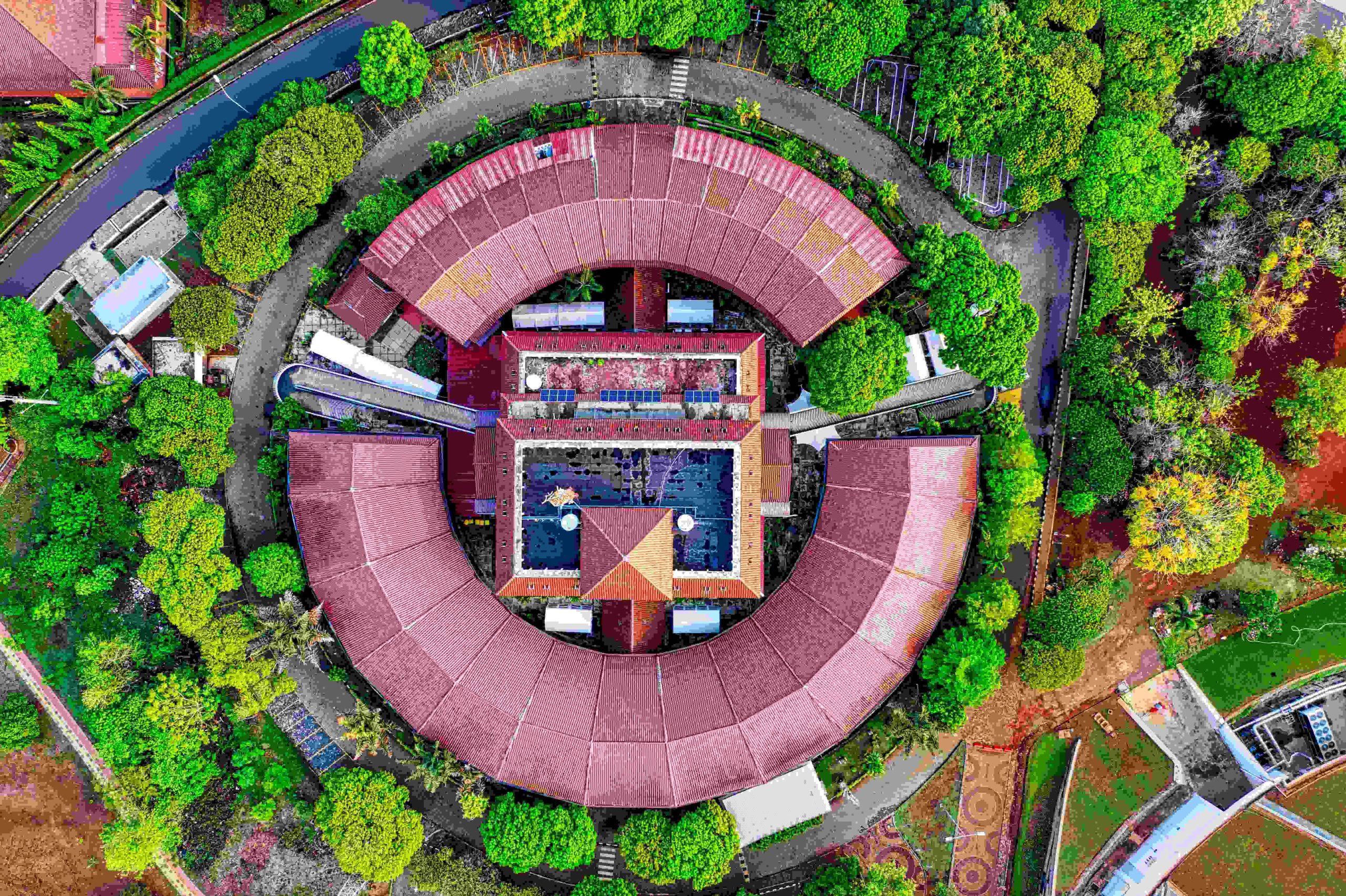Humanity affects the environment and climate on a global scale and one major environmental issue that has been identified is Global Warming. According to Palmetto, a solar energy solution brand, Global Warming is a gradual, long-term increase in the average temperature of Earth’s atmosphere. It is typically attributed to the over-accumulation of greenhouse gasses (GHGs) such as carbon dioxide (CO2), nitrous oxide (N2O), and methane (CH4) in the Earth’s atmosphere. The excess Greenhouse Gasses can come from a variety of sources, from Burning Fossil Fuels, Deforestation, Agricultural practices, Built environment etc. The energy that emits from these activities play a huge impact on our atmosphere.
Buildings are big contributors to greenhouse gas emissions as all along its lifecycle, from the construction phase, their usage and their demolition. According to architecture2030.com, the built environment generates nearly 50% of C02 emission annually, which has a debilitating effect on the environment. In response to these alarming numbers, green buildings were introduced to minimize energy and water consumption thereby combating climate change while creating a positive impact on the environment.
Therefore, The World Green Building Council defined “a ‘green’ building as a building that, in its design, construction or operation, reduces or eliminates negative impacts, and can create positive impacts on our climate and natural environment. These buildings preserve precious natural resources and improve our quality of life.” In a nutshell, Green Buildings are developed with environmentally responsible and resource-efficient practices to last their life cycles. Although green buildings are gaining popularity in this part of the world, not many people have adopted them. Individuals are still largely unaware of its environmental benefits and how it improves quality of life.
From reduced water and energy consumption, preservation of natural resources, improved quality of life, and reduced operational cost, green buildings are the future and its benefits are enormous. Some of these benefits have been categorised into these three segments; Economic, Social and Environmental.
Environmental: Green buildings essentially reduce carbon emissions that deplete the ozone layer owing to the nature of their designs which allow for more natural gasses and less burning of fossil fuel. Green buildings are also constructed to accommodate environmentally friendly energy generation systems such as Solar energy and Biomass.
Economic: People who live in green buildings enjoy huge cost savings on utility bills because of the reduced energy and water consumption designs. Generally, green buildings are cheaper to operate and maintain due to the eco-friendly materials used in construction compared to traditional buildings. Studies have shown that residents of green buildings also experience a number of health benefits related to improved lightening systems and upgraded air quality.
Social: Green buildings are generally more resilient and are considered a better investment with the proclivity of attracting buyers and tenants, hence creating an increased market value. A study from Harvard University shows that ‘employees in green and well-ventilated office spaces, show a significant increase in cognitive function, crisis response and focused activity level’.
So, how can we make our buildings sustainable and help save our planet?
The concept of “green building” has already gained major attention around the world, with residential and commercial buildings becoming carbon neutral, or even carbon positive. Developers are now moving from the traditional buildings to adopting green buildings concept, undergoing EDGE Green Building Certification trainings to study the best methods to enable them make positive impact towards saving the Earth and driving the right environmental designs with the objective of ensuring best practices in bio-climatic design and creating more resource-efficient buildings.
EDGE Green Building Certification is an innovation of the International Finance Corporation (IFC), a member of the World Bank Group, that offers in-depth knowledge for building design professionals and others who wish to learn about resource and energy efficiency measures of green buildings. The training gives the opportunity to become an EDGE Expert, offering consultation and support services to builders and owners in a global market. Alpha Mead Training Centre offers the EDGE Expert training by accredited trainers with experience in managing the built environment.
The world is heating up. If we don’t take preventative action now, future generations will be faced with warmer temperatures, as well as higher sea levels, extreme weather events, crop failures, extinctions, and other devastating effects. Check out bit.ly/3OiUfu9 to learn more about the EDGE training offered by Alpha Mead Training Centre or call 0700-25742-6323 to get started.


